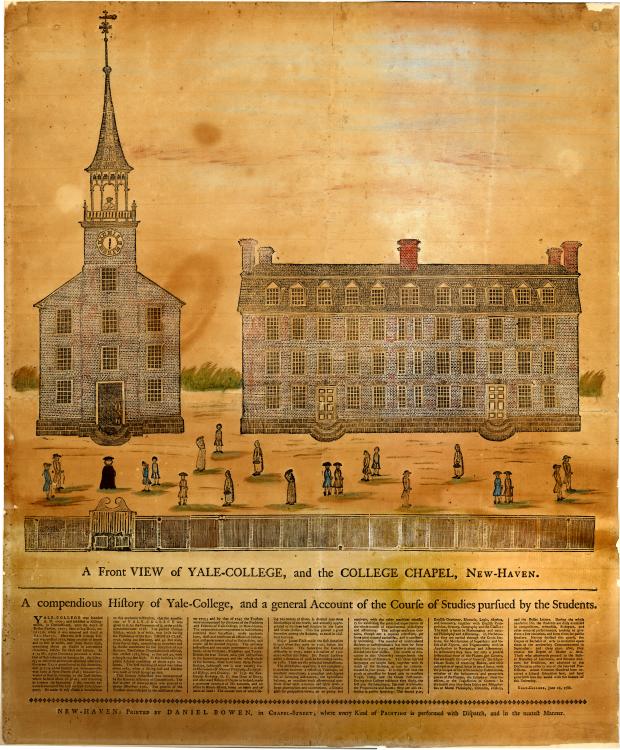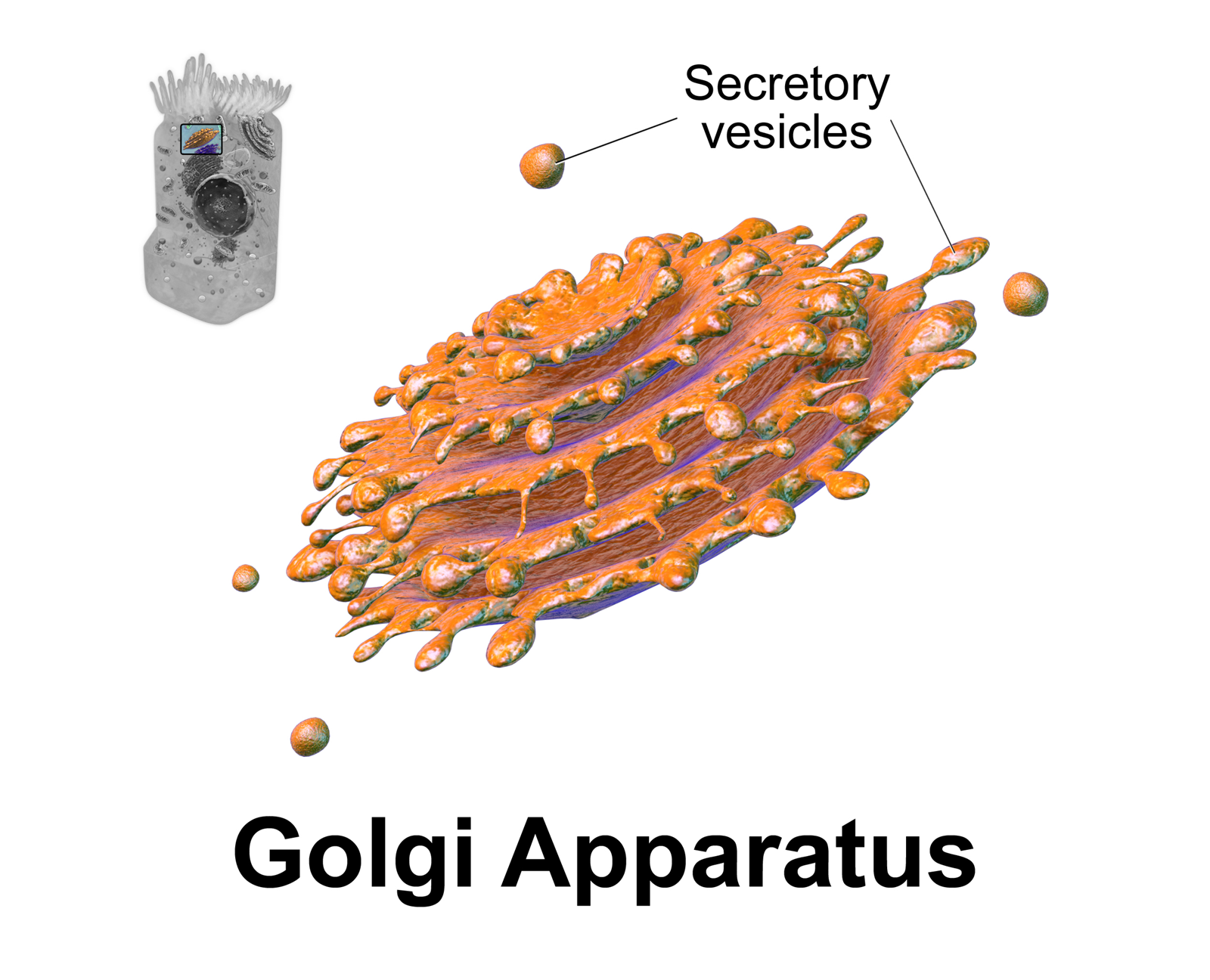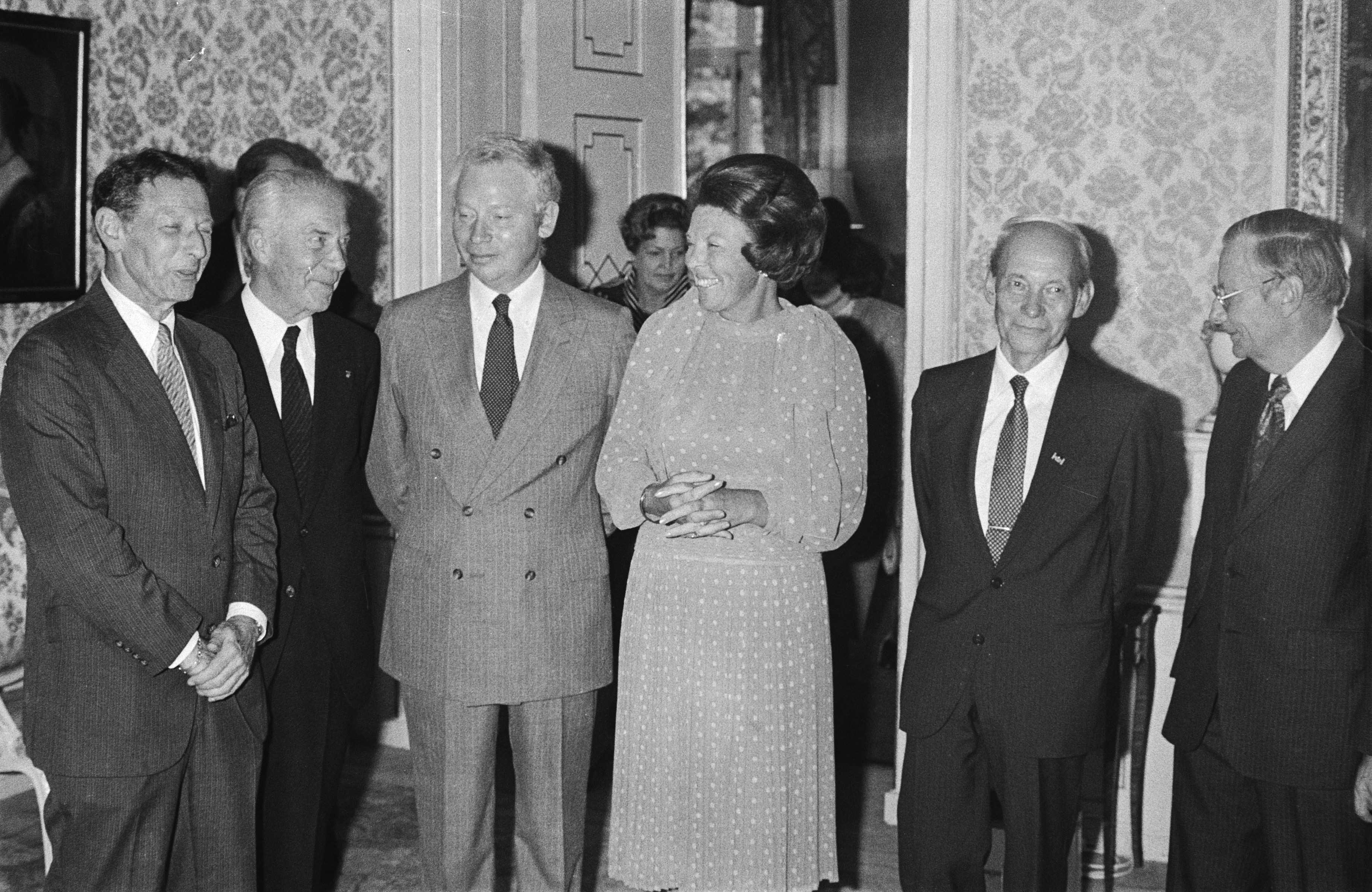|
James D. Jamieson
James Douglas Jamieson (January 22, 1934 – October 22, 2018) was an American cell biologist and professor at the Yale School of Medicine. His early research in cell biology of pancreatic acinar cells in the lab of George Palade established the function of the Golgi apparatus in secretory protein trafficking. Early life and education Jamieson was born in the small town of Armstrong, British Columbia on January 22, 1934. He attended the University of British Columbia for his undergraduate and medical educations. During medical school, Jamieson took a year off to conduct research, a novel idea for medical students at the time. He owes his interest in research and teaching to this experience with his first mentorsSydney Friedman MD-PhD and Constance Friedman, PhD, who came to UBC in 1950 to found the Department of Anatomy at the new medical school. The focus of the Friedman's research was on hypertension and the role of the kidney and electrolyte balance in the maintenance of blo ... [...More Info...] [...Related Items...] OR: [Wikipedia] [Google] [Baidu] |
James Jamieson (other)
James Jamieson may refer to: Sportspeople *James Jamieson (dancer) (1920–1993), Highland dancer *James Jamieson (ice hockey) (1922–1985), hockey player *Jim Jamieson (1943–2018), U.S. golfer *Jimmy Jamieson ( 1890s), Scottish footballer with Everton, Sheffield Wednesday Others *James Jamieson, Baron Jamieson, British councillor and Conservative life peer *James Jamieson (Australian doctor) (1840–1916), Scottish-born doctor, active in Australia *James Jamieson (New Zealand doctor) (1880–1963), Scottish-born doctor, active in New Zealand *James P. Jamieson (1867–1941), Missouri architect *James Edgar Jamieson (1873–1958), Ontario farmer and political figure *James Jamieson (dentist) (1875–1966), Scottish dentist and author *James D. Jamieson (born 1934), cell biologist See also * James Jamerson (other) * James Jameson (other) {{hndis, Jamieson, James ... [...More Info...] [...Related Items...] OR: [Wikipedia] [Google] [Baidu] |
Philip Siekevitz
Philip Siekevitz (February 25, 1918 – December 5, 2009) was an American cell biologist who spent most of his career at Rockefeller University. He was involved in early studies of protein synthesis and trafficking, established purification techniques to facilitate study of the cell nucleus, worked with Nobel Prize in Physiology or Medicine winner George Palade on cell membrane dynamics, and published extensively on the subject of postsynaptic density. Early life and education Siekevitz was born on February 25, 1918, in Philadelphia to a working-class immigrant family. He spent two years after high school working to save money for his college education, and then began at the Philadelphia College of Pharmacy and Science. He was drafted into the United States Army during his senior year, but deferred his service until after his graduation in 1942. He then served in the army for almost four years, first in a chemical warfare response unit and later as a laboratory technician. Si ... [...More Info...] [...Related Items...] OR: [Wikipedia] [Google] [Baidu] |
21st-century American Biologists
File:1st century collage.png, From top left, clockwise: Jesus is crucified by Roman authorities in Judaea (17th century painting). Four different men (Galba, Otho, Vitellius, and Vespasian) claim the title of Emperor within the span of a year; The Great Fire of Rome (18th-century painting) sees the destruction of two-thirds of the city, precipitating the empire's first persecution against Christians, who are blamed for the disaster; The Roman Colosseum is built and holds its inaugural games; Roman forces besiege Jerusalem during the First Jewish–Roman War (19th-century painting); The Trưng sisters lead a rebellion against the Chinese Han dynasty (anachronistic depiction); Boudica, queen of the British Iceni leads a rebellion against Rome (19th-century statue); Knife-shaped coin of the Xin dynasty., 335px rect 30 30 737 1077 Crucifixion of Jesus rect 767 30 1815 1077 Year of the Four Emperors rect 1846 30 3223 1077 Great Fire of Rome rect 30 1108 1106 2155 Boudican revolt ... [...More Info...] [...Related Items...] OR: [Wikipedia] [Google] [Baidu] |
Yale School Of Medicine Faculty
Yale University is a private Ivy League research university in New Haven, Connecticut, United States. Founded in 1701, Yale is the third-oldest institution of higher education in the United States, and one of the nine colonial colleges chartered before the American Revolution. Yale was established as the Collegiate School in 1701 by Congregationalist clergy of the Connecticut Colony. Originally restricted to instructing ministers in theology and sacred languages, the school's curriculum expanded, incorporating humanities and sciences by the time of the American Revolution. In the 19th century, the college expanded into graduate and professional instruction, awarding the first PhD in the United States in 1861 and organizing as a university in 1887. Yale's faculty and student populations grew rapidly after 1890 due to the expansion of the physical campus and its scientific research programs. Yale is organized into fifteen constituent schools, including the original undergra ... [...More Info...] [...Related Items...] OR: [Wikipedia] [Google] [Baidu] |
Exocytosis
Exocytosis is a term for the active transport process that transports large molecules from cell to the extracellular area. Hormones, proteins and neurotransmitters are examples of large molecules that can be transported out of the cell. Exocytosis is a crucial transport mechanism that enables polar molecules to flow through the cell membranes’ hydrophobic lipid bilayer. The transport process is essential to hormone secretion, immune response and neurotransmission. Both prokaryotes and eukaryotes undergo exocytosis. Prokaryotes secrete molecules and cellular waste through translocons that are localized to the cell membrane. In addition, they secrete molecules to other cells through specialized organs. Eukaryotes rely on multiple cellular processes to perform the exocytosis process. Eukaryotes have several organelles and a nucleus in the cytoplasm that are connected through multiple transport routes, that is formally known as the secretory pathway. This is a complex pathway with ... [...More Info...] [...Related Items...] OR: [Wikipedia] [Google] [Baidu] |
Golgi Apparatus
The Golgi apparatus (), also known as the Golgi complex, Golgi body, or simply the Golgi, is an organelle found in most eukaryotic Cell (biology), cells. Part of the endomembrane system in the cytoplasm, it protein targeting, packages proteins into membrane-bound Vesicle (biology and chemistry), vesicles inside the cell before the vesicles are sent to their destination. It resides at the intersection of the secretory, lysosomal, and Endocytosis, endocytic pathways. It is of particular importance in processing proteins for secretion, containing a set of glycosylation enzymes that attach various sugar monomers to proteins as the proteins move through the apparatus. The Golgi apparatus was identified in 1898 by the Italian biologist and pathologist Camillo Golgi. The organelle was later named after him in the 1910s. Discovery Because of its large size and distinctive structure, the Golgi apparatus was one of the first organelles to be discovered and observed in detail. It was d ... [...More Info...] [...Related Items...] OR: [Wikipedia] [Google] [Baidu] |
James Rothman
James Edward Rothman (born November 3, 1950) is an American biochemist. He is the Fergus F. Wallace Professor of Biomedical Sciences at Yale University, the Chairman of the Department of Cell Biology at Yale School of Medicine, and the Director of the Nanobiology Institute at the Yale West Campus. Rothman also concurrently serves as adjunct professor of physiology and cellular biophysics at Columbia University and a research professor at the UCL Queen Square Institute of Neurology, University College London. Rothman was awarded the 2013 Nobel Prize in Physiology or Medicine, for his work on Vesicle (biology and chemistry), vesicle trafficking (shared with Randy Schekman and Thomas C. Südhof). He received many other honors including the King Faisal International Prize in 1996, the Louisa Gross Horwitz Prize from Columbia University and the Albert Lasker Award for Basic Medical Research both in 2002. Education Rothman earned his high school diploma from Pomfret School in 1967, th ... [...More Info...] [...Related Items...] OR: [Wikipedia] [Google] [Baidu] |
Christian DeDuve
Christian René Marie Joseph, Viscount de Duve (2 October 1917 – 4 May 2013) was a Nobel Prize-winning Belgian cytologist and biochemist. He made serendipitous discoveries of two cell organelles, peroxisomes and lysosomes, for which he shared the Nobel Prize in Physiology or Medicine in 1974 with Albert Claude and George E. Palade ("for their discoveries concerning the structural and functional organization of the cell"). In addition to ''peroxisome'' and ''lysosome'', he invented scientific names such as ''autophagy'', ''endocytosis'', and ''exocytosis'' on a single occasion. The son of Belgian refugees during the First World War, de Duve was born in Thames Ditton, Surrey, England. His family returned to Belgium in 1920. He was educated by the Jesuits at Our Lady College, Antwerp, and studied medicine at the Catholic University of Louvain. Upon earning his MD in 1941, he joined research in chemistry, working on insulin and its role in diabetes mellitus. His thesis earned hi ... [...More Info...] [...Related Items...] OR: [Wikipedia] [Google] [Baidu] |
Keith Porter
Keith Roberts Porter (June 11, 1912 – May 2, 1997) was a Canadian- American cell biologist. He created pioneering biology techniques and research using electron microscopy of cells. Porter also contributed to developing other experimental cell culture and nuclear transplantation methods. He was also responsible for naming the endoplasmic reticulum, working on the 9 + 2 microtubule structure in the axoneme of cilia, and coining the term " microtrabecular lattice." Collaborating with other scientists, he contributed to understanding cellular structures and concepts such as compartmentalization, flagella, centrioles, fibrin, collagen, T-tubules and sarcoplasmic reticulum. He also introduced microtome cutting. Early life and education Keith Porter was born in Yarmouth, Nova Scotia, on June 11, 1912, the son of Aaron and Josephine Roberts Porter. He finished his undergraduate program at Acadia University in 1934 and became a graduate student at Harvard University. At Harvard, ... [...More Info...] [...Related Items...] OR: [Wikipedia] [Google] [Baidu] |
Nobel Prize In Physiology Or Medicine
The Nobel Prize in Physiology or Medicine () is awarded yearly by the Nobel Assembly at the Karolinska Institute for outstanding discoveries in physiology or medicine. The Nobel Prize is not a single prize, but five separate prizes that, according to Alfred Nobel's 1895 will, are awarded "to those who, during the preceding year, have conferred the greatest benefit to humankind". Nobel Prizes are awarded in the fields of Physics, Medicine or Physiology, Chemistry, Literature, and Peace. The Nobel Prize is presented annually on the anniversary of Alfred Nobel's death, 10 December. As of 2024, 115 Nobel Prizes in Physiology or Medicine have been awarded to 229 laureates, 216 men and 13 women. The first one was awarded in 1901 to the German physiologist, Emil von Behring, for his work on serum therapy and the development of a vaccine against diphtheria. The first woman to receive the Nobel Prize in Physiology or Medicine, Gerty Cori, received it in 1947 for her role in elucida ... [...More Info...] [...Related Items...] OR: [Wikipedia] [Google] [Baidu] |




